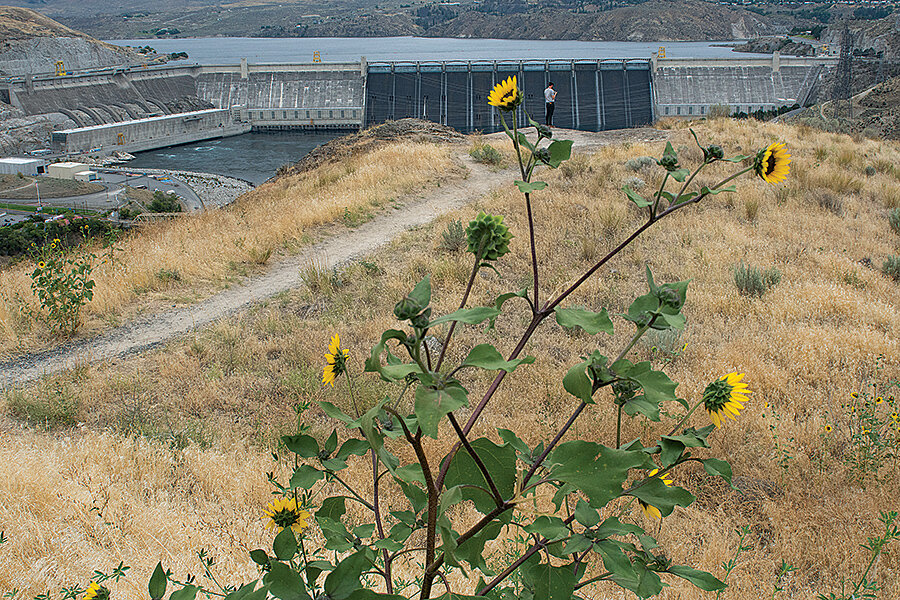Getting smarter about water
Loading...
Earth is blessed with an incomprehensible amount of water, an estimated 326 million trillion gallons. Ninety-seven percent, however, is seawater. Polar ice and glaciers lock up most fresh water. The tiny fraction that remains – 0.77 percent – is found in rivers, lakes, ponds, swamps, shallow aquifers, soil, and air. That’s enough to meet the needs of today’s 7 billion humans, though not without frequent shortages, disputes, and environmental issues.
By 2055, there will be 2 billion more people on the planet. Most of the new births will be in water-poor parts of the world. A growing middle class, meanwhile, will consume an ever-larger share of water. Barring a scientific breakthrough, desalination will remain an option only where energy is cheap. Add global climate change to the mix, and you can see how access to water could become the dominant challenge of the 21st century.
Zack Colman’s cover story in the Monitor Weekly (click here) on innovative water management in Washington State examines one corner of the world where humans are trying to get smarter about conserving and sharing water resources. All the multisided interests – apple-growers, hydroelectric providers, native Americans, city dwellers, environmentalists – now seem to understand that the Yakima Basin has only so much water to go around. If they can balance competing needs, that could become a model for other water-stressed areas.
Claiming a watering hole was one of humanity’s earliest assertions of ownership. Civilizations flourished in river valleys. But water, like air, is no respecter of boundaries. It blows in on storm fronts, flows past checkpoints, and percolates into cavities far below the land described on property deeds. To term water a resource is to underplay its importance. Too little of it and grass withers, wells go dry, and humans start walking.
Chronic water shortages, made worse by a drought related to the 2015-16 El Niño, have played a major role in the flow of migrants to Europe from Ethiopia and Southern Africa. That is a problem that seems likely to intensify as we approach peak population. The World Resources Institute says future water shortages are likely to be concentrated in mid-latitude regions, a zone that includes North Africa, southern Texas, and China in the Northern Hemisphere and northern Chile, Argentina, and South Africa in the Southern Hemisphere. Smarter water management thus can’t be limited to an apple-growing state in an affluent part of the world.
In a drought, you quickly see how water shifts from afterthought to worry. That’s no surprise to Californians. It has been a wake-up call, however, for people in normally wet New England, which has been dry for two years. Conservation is mandatory in many towns. Ponds have receded. Lawns have turned brown. A recent day of steady rain felt like Christmas.
A dry spell makes rain a gift. But rain alone won’t quench a thirsty world. The 0.77 percent of Earth’s water already within our reach will sustain 9 billion of us only if we get smarter about conserving and sharing it.








